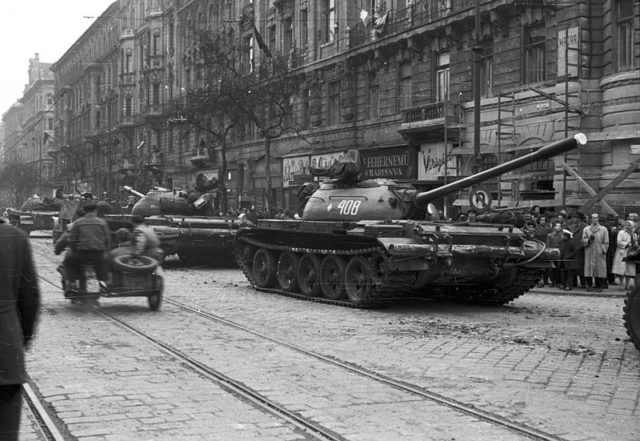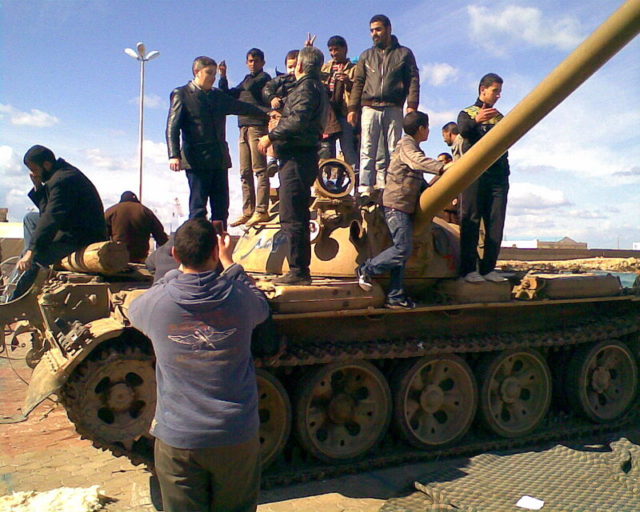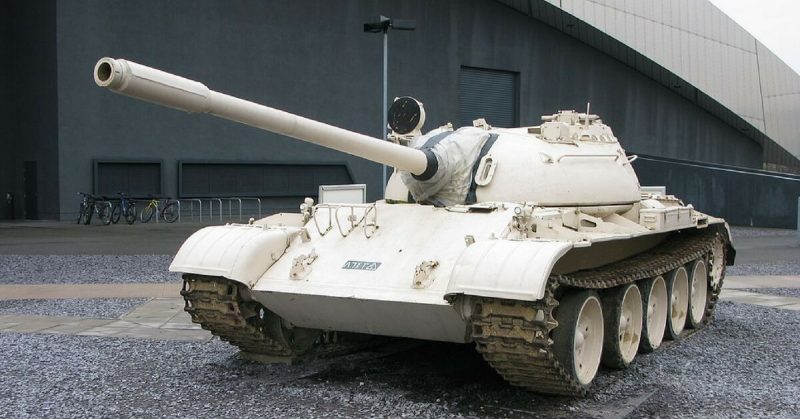The T-54 is the most massively produced tank in history. Together with its counterpart which was adapted to protect the tank and its crew against radiation, biological and chemical weapons, it reached a staggering number of produced units ― 100,000 tanks. This was in the Soviet Union alone.
A very popular model among the countries of the former Warsaw Pact, it was built with a license in countries such as Poland and Czechoslovakia.
During WWII, the Soviet Union relied on the combination of firepower and speed given by the T-34 tank. By the end of the war, several prototypes were already in development, as the USSR was looking to retire the T-34, and take its medium tank arsenal to the next level.
Thus, the T-54 was born. The tank’s official predecessor was the T-44, which used a 100 mm rifled gun, opposed to the T-34’s 76 mm gun. After making several other modifications, the T-54 was officially put into service as early as 1949, with its improved T-55 version entering service in 1961.

The armor specifications of the serial T-54A and T-54B models were ― 120 mm front, 80 mm on the sides, 30 mm on the roof and 20 mm on the bottom. These models were the ones put into massive production. The difference between the two was that the B model was fitted with the STP-2 “Tsyklon” 2-plane stabilizer.
It utilized a cutting-edge technology of the time, providing enough safety and firepower for its four-man crew, to raise concerns on the other side of the Iron Curtain. The introduction of the T-54 prompted the development of the iconic Royal Ordnance L7 105 mm gun which is the core model of Britain’s most successful tank gun. In the US it led to the production of the M60 Patton.
This American main battle tank was based on the T-54A captured by Hungarian revolutionaries who delivered the tank to the British, during the Budapest Uprising in 1956.

Even though the USSR and the Allies never confronted each other in battle, numerous proxy wars and civil unrests during the Cold War era enabled a trial of the T-54 in combat. The tank saw extensive action in the Middle East, where it participated as part of the Syrian, Egyptian and Iraqi arsenal.
During the so-called Arab wars, Israel faced a significant number of T-54s employed by the Arab countries. The Six Day War in 1967 and the Yom Kippur War in 1973 both saw clashes between Israeli and Arab tanks which were at the time mostly Soviet-made.
Other conflicts include the Iran-Iraq War, the Jordanian Civil War, and Operation Desert Storm.
In Europe, the T-54 became the iconic symbol of Soviet repression, as these were the tanks that stormed the streets of Budapest in 1956. The T-54/55 is in use in over 50 countries all over the world. It participates in global conflicts to this day.
